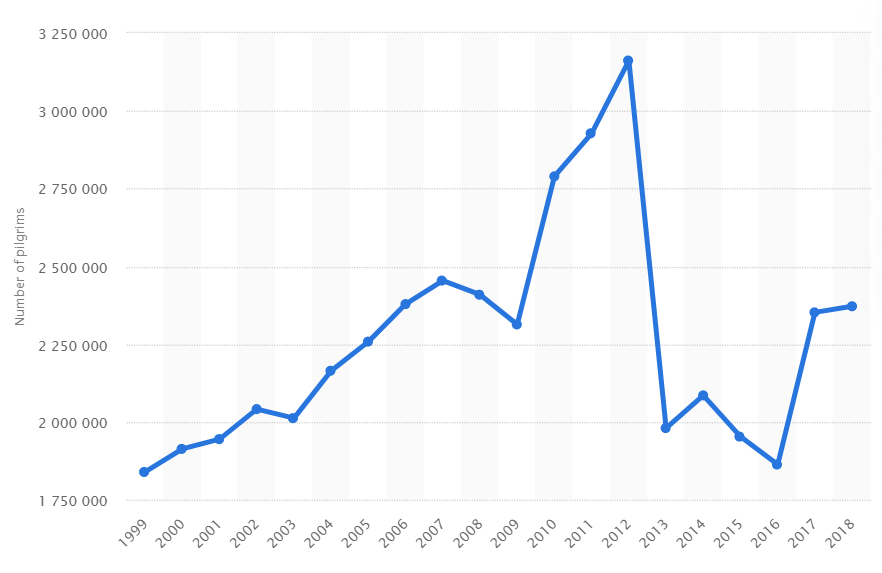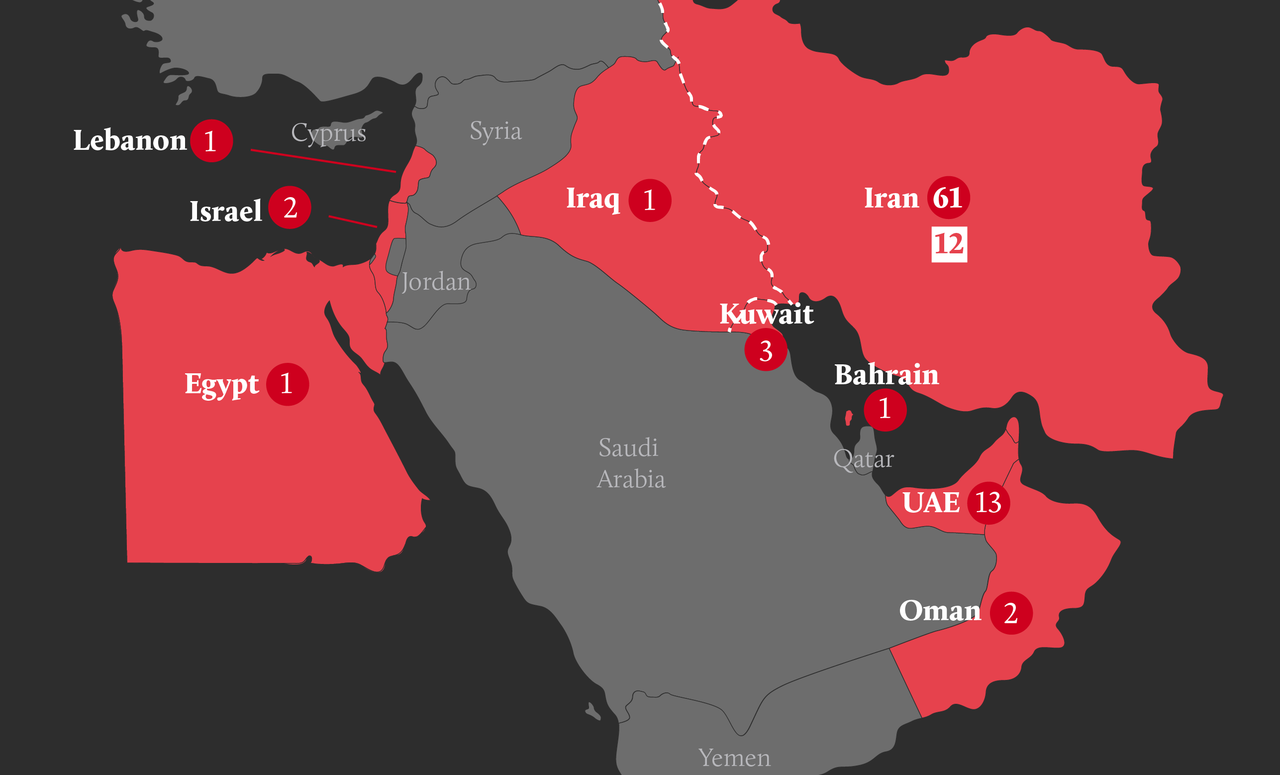Saudis Ban Mecca Pilgrimages Over Covid-19 Fears; Last Major Hajj Outbreak Killed 35,000
By far the largest annual gathering of humans in the world is the pilgrimage to Mecca, which in 2018 alone saw about 2.4 million Muslims make the religious trip.
Given approximately a whopping quarter of world’s population identifies as Muslim, and each adherent is supposed to make the trip as a “religious duty” at least once in their lives, the latest coronavirus news out of the Middle East is almost unprecedented and hugely disruptive to travel patterns into the gulf region.
Saudi Arabia has now suspended entry visas for pilgrim’s wishing to visit the kingdom’s holy sites, the foreign ministry has announced.

The AFP reports:
The government is “suspending entry to the Kingdom for the purpose of Umrah and visiting the Prophet’s Mosque temporarily”, the foreign ministry said in a statement, referring to the Islamic pilgrimage to Mecca that can be undertaken at any time of year.
Umrah attracts tens of thousands of devout Muslims from all over the globe each month.
“Saudi Arabia renews its support for all international measures to limit the spread of this virus and urges its citizens to exercise caution before travelling to countries experiencing coronavirus outbreaks,” the Saudi foreign ministry statement said. “We ask God Almighty to spare all humanity from all harm.”
Simultaneously, the Saudi foreign ministry said it’s suspending visas for any tourists coming from countries considered a “danger” for the spread of coronavirus.
Annual number of Hajj pilgrims to Saudi Arabia from 1999 to 2018:

Countries surrounding Saudi Arabia have lately begun to report their first cases, especially the United Arab Emirates, which now has at least 13 confirmed cases, in a worrisome sign in could hit the gulf region hard, given also it’s a major international transport hub straddling east Asia and the West.
Kuwait, Bahrain, and Oman have also each reported a handful of cases, while numbers look to be soaring in panic-stricken Iran across the Persian Gulf.
Though millions visit Mecca and Medina throughout the year, the surge of pilgrims reaches a peak during the 10-day Hajj, which is this year set for late July into early August. Spread of disease has always been a major concern, given the extremely “close quarters” during the major religious event.
Coronavirus around the region, according to the below Middle East Eye map. Iran’s numbers are now believed much higher than official figures.
According to Al Jazeera:
The earliest recorded outbreak came in 632 as pilgrims fought off malaria. A cholera outbreak in 1821 killed an estimated 20,000 pilgrims. Another cholera outbreak in 1865 killed 15,000 pilgrims and then spread worldwide.
More recently, Saudi Arabia faced danger from a related coronavirus that caused Middle East respiratory syndrome, or MERS.
Analysts are calling this latest banning of pilgrims to the kingdom “unprecedented” but necessary given the extreme danger for rapid spread of the virus.
But given that the last major outbreaks recorded in the 19th century collectively killed a total estimated 35,000 people – authorities are taking no chances.
Covid-19 has infected 80,000 people globally, mainly in China, and the CDC has this week admitted the outbreak could go in “any direction”.
Tyler Durden
Thu, 02/27/2020 – 12:20
